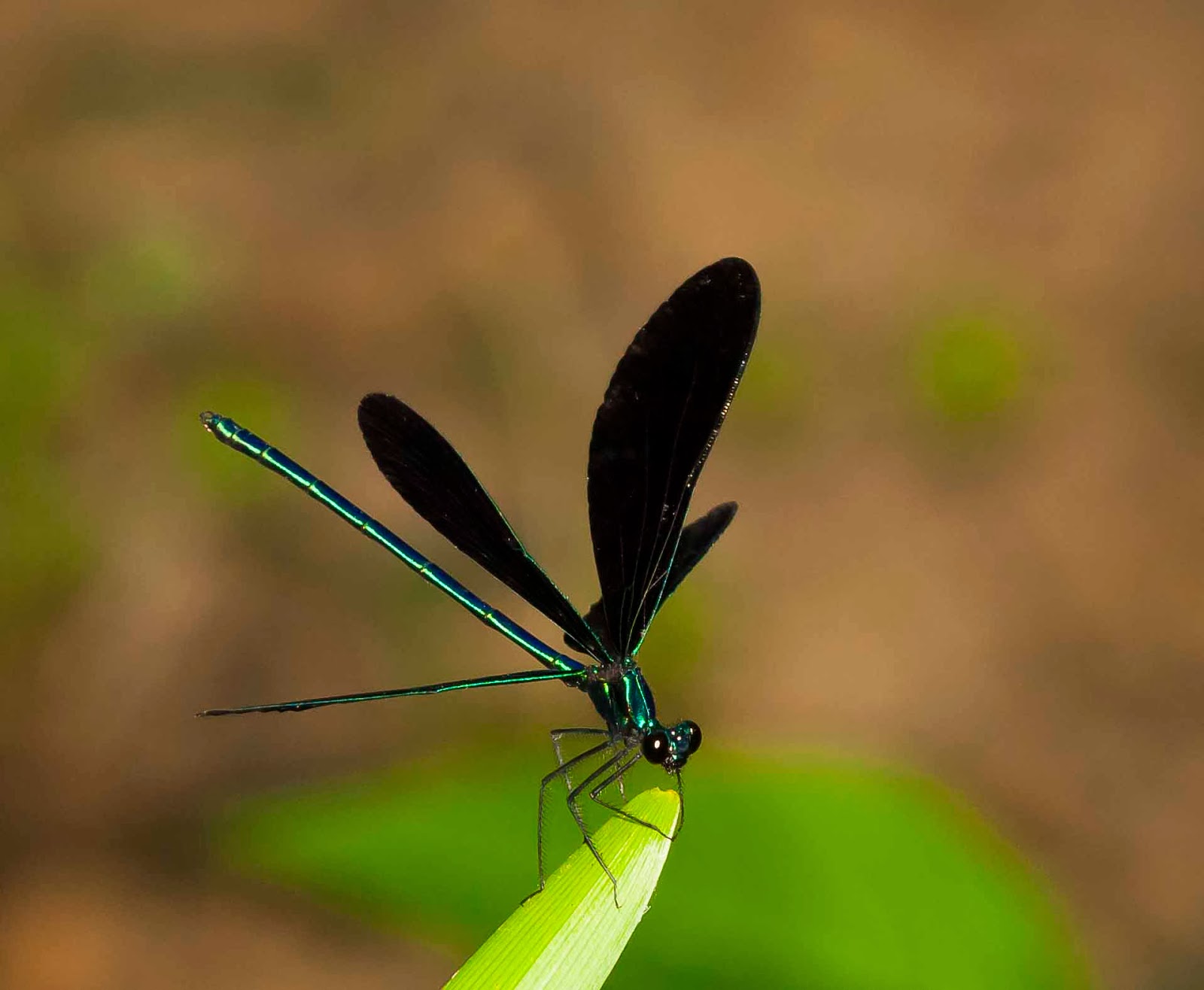#Posted by Maren Wellenreuther
Next week we will be reading something that is at the heart of our groups interest. The paper will deal with insects, body size, resistance to temperature and will discuss the evolutionary implications of phenotype divergence on the genetic architecture.
I will bring German cheesecake for fika!
Here is the abstract and download link
The effect of developmental temperature on the genetic architecture underlying size and thermal clines in Drosophila melanogaster and D. simulans from the east coast of Australia.
van Heerwaarden B, Sgrò CM.
Body size and thermal tolerance clines in Drosophila melanogaster occur along the east coast of Australia. However the extent to which temperature affects the genetic architecture underlying the observed clinal divergence remains unknown. Clinal variation in these traits is associated with cosmopolitan chromosome inversions that cline in D. melanogaster. Whether this association influences the genetic architecture for these traits in D. melanogaster is unclear. Drosophila simulans shows linear clines in body size, but nonlinear clines in cold resistance. Clinally varying inversions are absent in D. simulans. Line-cross and clinal analyses were performed between tropical and temperate populations of D. melanogaster and D. simulans from the east coast of Australia to investigate whether clinal patterns and genetic effects contributing to clinal divergence in wing centroid size, thorax length, wing-to-thorax ratio, cold and heat resistance differed under different developmental temperatures (18 °C, 25 °C, and 29 °C). Developmental temperature influenced the genetic architecture in both species. Similarities between D. melanogaster and D. simulans suggest clinally varying inversion polymorphisms have little influence on the genetic architecture underlying clinal divergence in size in D. melanogaster. Differing genetic architectures across different temperatures highlight the need to consider different environments in future evolutionary and molecular studies of phenotypic divergence.
http://onlinelibrary.wiley.com/doi/10.1111/j.1558-5646.2010.01196.x/pdf




